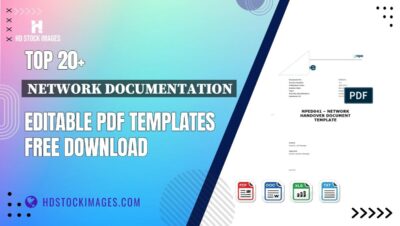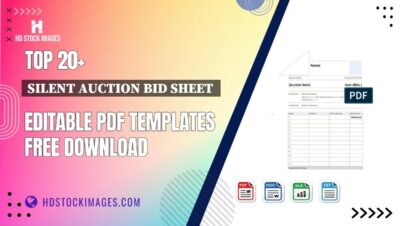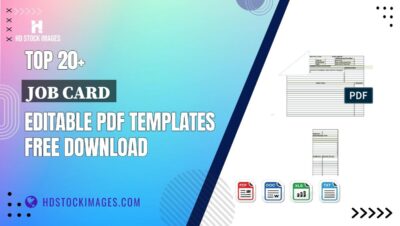Behance is more than just a platform; it's a vibrant community where creatives can showcase their work, connect with peers, and even land job opportunities. As a beginner, understanding the value of Behance can dramatically impact your career in the creative industry. By curating a compelling portfolio, you not only display your skills but also tell a story about who you are as an artist.
With millions of projects shared by designers, photographers, illustrators, and other creatives, Behance serves as a digital gallery that thrives on collaboration and visibility. Whether you're an aspiring graphic designer, an established photographer, or a budding digital artist, this platform provides a space to highlight your creativity and attract potential clients or collaborators.
Moreover, Behance's integration with Adobe Creative Cloud allows for seamless uploads and updates to your portfolio. This means you can effortlessly showcase your latest work to a global audience. By engaging with other creatives, you can gain valuable feedback and inspiration, helping you grow and refine your craft. In essence, Behance is a powerful tool that can elevate your creative journey and open doors you never knew existed.
Understanding the Grid System on Behance
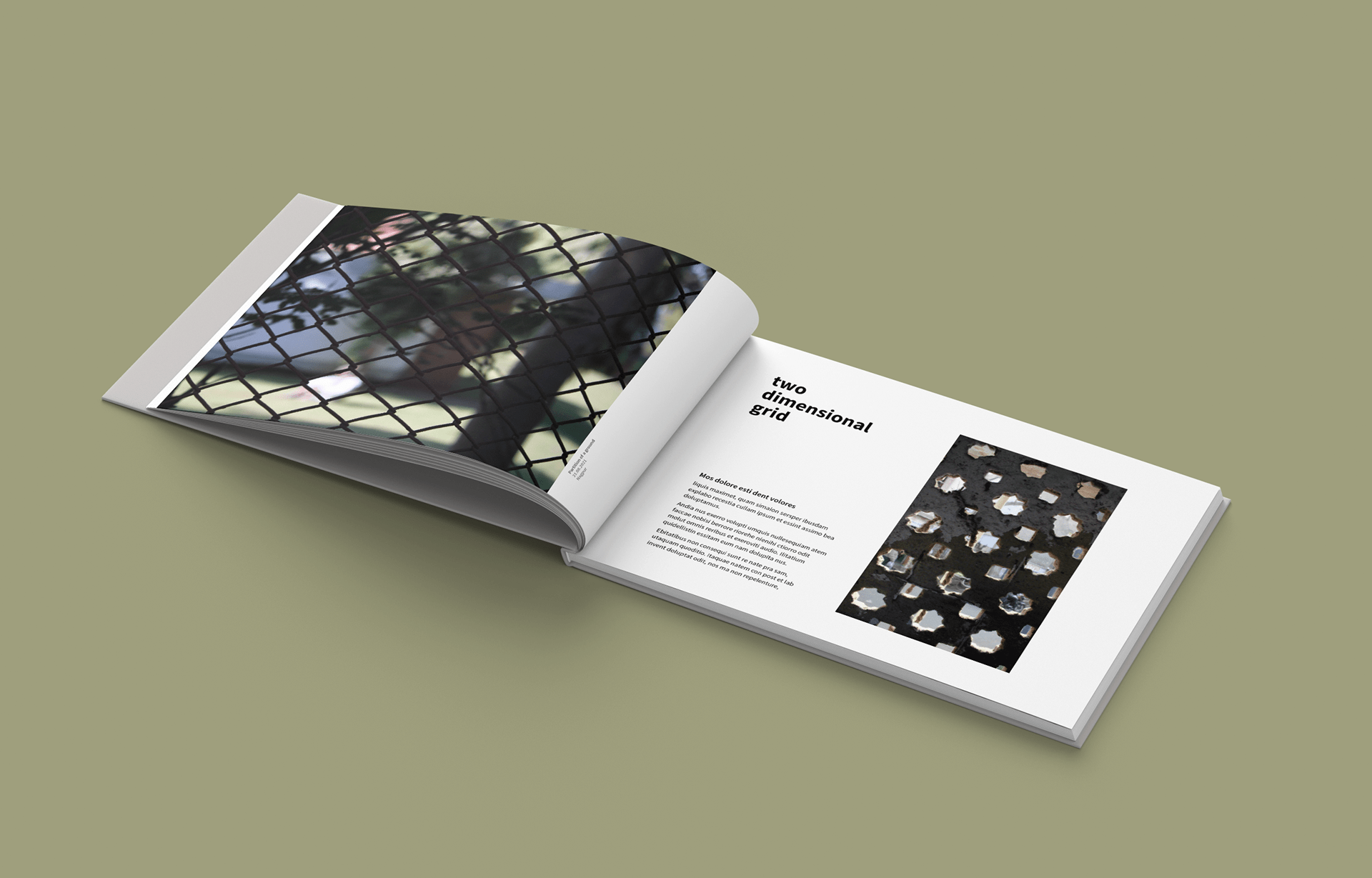
The grid system on Behance acts as the backbone of your portfolio layout. It organizes your projects in a visually appealing and structured manner, allowing viewers to easily navigate through your work. When you first set up your portfolio, you might notice a variety of grid options available to you. Understanding these options is crucial for creating an impactful presentation of your work.
Here are the key components to grasp about Behance's grid system:
- Modular Grids: These grids consist of equal-sized boxes that help maintain uniformity across your portfolio. They’re perfect for showcasing projects that are similar in size and format.
- Asymmetrical Grids: For a more dynamic look, asymmetrical grids allow you to play with different sizes and arrangements of your project thumbnails, creating a sense of creativity and movement.
- Flexible Layouts: Behance allows you to adjust the number of columns and rows, enabling you to customize your display based on your project types and preference.
When organizing your projects, consider the following tips:
| Tip | Description |
|---|---|
| Prioritize Quality | Always choose high-resolution images that best represent your work. |
| Keep it Cohesive | Ensure your projects share a common theme or style to create a unified look. |
| Utilize White Space | Don’t overcrowd your grid; white space helps to enhance visibility and focus on your projects. |
By mastering the grid system, you can create a stunning and effective portfolio on Behance that truly reflects your artistic vision and attracts the right audience. So, dive in, experiment with different layouts, and let your creativity shine!
Also Read This: How to Bypass YouTube Adblock Restrictions and Skip YouTube Ads
3. Step-by-Step Guide to Editing Your Grid
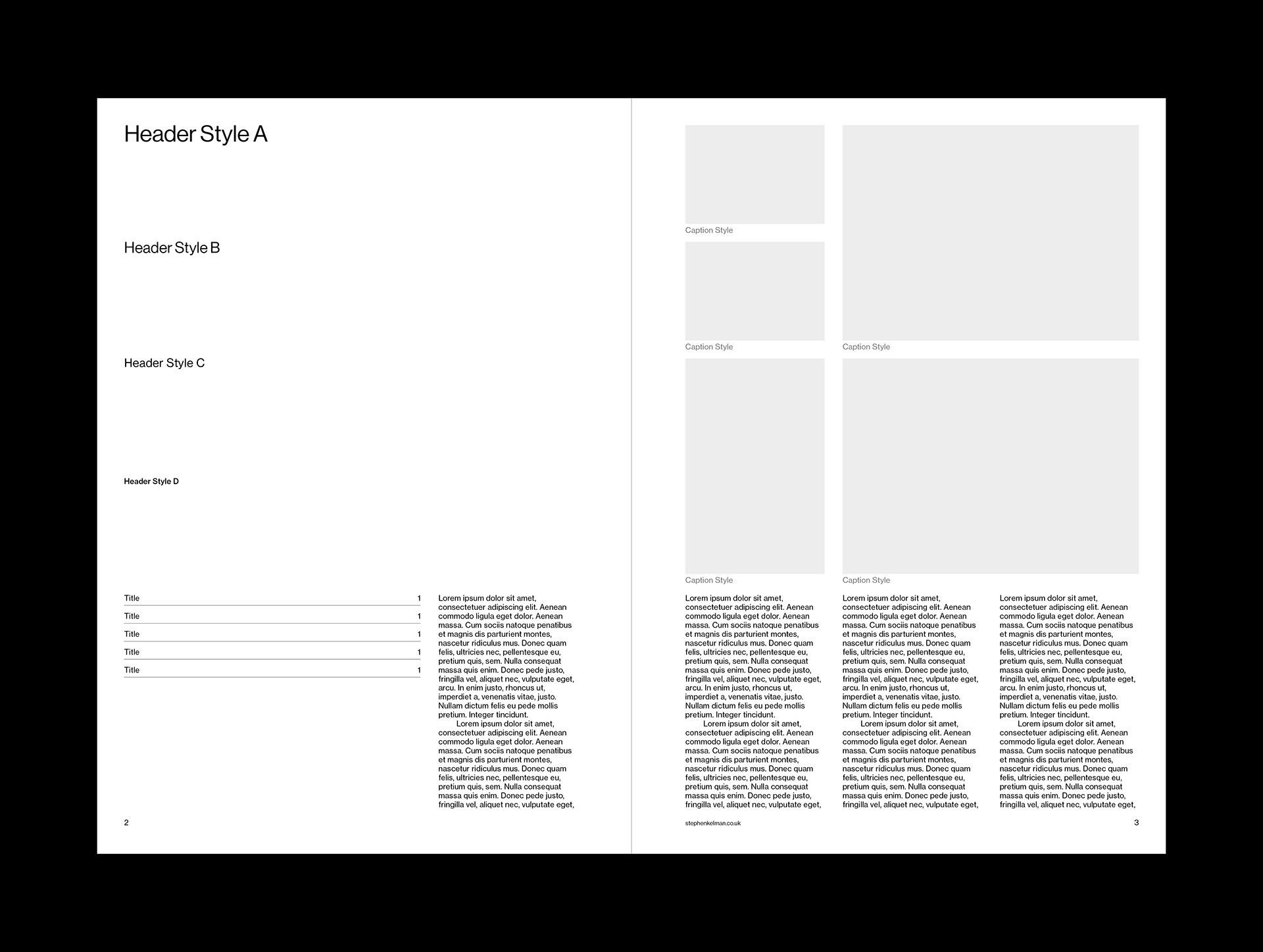
Editing your grid on Behance may seem daunting at first, but it’s quite simple once you get the hang of it! Follow this step-by-step guide to transform your portfolio layout effortlessly.
- Log into Your Behance Account: Start by signing into your Behance account. If you don’t have one, creating an account is quick and straightforward.
- Navigate to Your Portfolio: Click on your profile icon and select “View Profile” to access your portfolio. Here, you can see all your projects displayed in a grid format.
- Enter Edit Mode: Look for the “Edit” button or pencil icon, usually located at the top right corner of your profile. Clicking this allows you to start editing your grid layout.
- Choose Your Grid Style: Behance offers various grid layouts. You can select between options like a classic grid, a masonry style, or a list format. Play around with these until you find what suits your work best!
- Drag and Drop Projects: Rearranging is a breeze! Simply drag and drop your projects to reposition them within the grid. Make sure to prioritize your best work.
- Save Changes: After making all your adjustments, don’t forget to hit the “Save” button to apply your new layout!
And there you have it! Your grid is now personalized to reflect your unique style and the projects you’re most proud of.
Also Read This: Tips for You to Download Video from Likee With Best Quality and Format Guide
4. Tips for Creating an Engaging Portfolio Layout
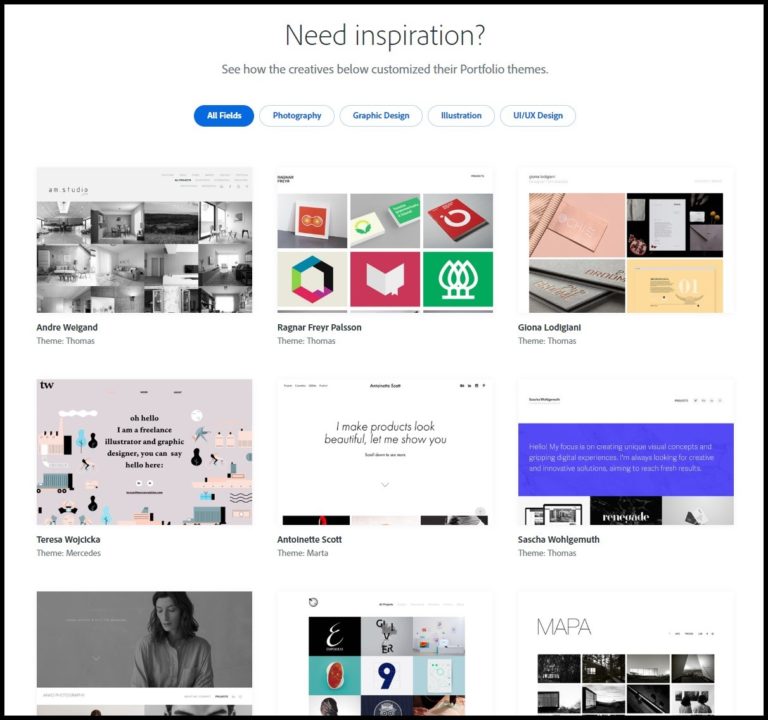
Creating an engaging portfolio layout on Behance is crucial for making a lasting impression. Here are some handy tips to help you stand out:
- Prioritize High-Quality Images: Use sharp, high-resolution images. Quality visuals attract attention and convey professionalism.
- Keep It Consistent: Maintain a consistent style across your projects. This includes color schemes, fonts, and overall aesthetics, which helps in establishing your brand identity.
- Vary Your Project Display: Don’t be afraid to mix things up! Combine images, videos, and even animations to showcase your work dynamically.
- Highlight Your Best Work: Use the grid layout to emphasize your standout pieces. Place your strongest projects at the top and center for maximum visibility.
- Incorporate White Space: Don’t overcrowd your grid. Utilize white space to give your projects room to breathe, making everything more visually appealing.
- Regularly Update Your Portfolio: Keep your portfolio fresh by adding new projects or removing outdated ones. This shows that you are active and evolving as a creative professional.
By implementing these tips, your Behance portfolio will not only attract viewers but also engage them, showcasing your creativity in the best light possible!
Also Read This: How to Convert Dailymotion Videos Online Easily
5. Common Mistakes to Avoid When Editing Your Grid
Editing your grid on Behance can be a fun and rewarding experience, but there are some common pitfalls that you’ll want to steer clear of. Let’s dive into these mistakes to help you build a stunning portfolio!
- Overcrowding Your Layout: One of the biggest mistakes is cramming too many projects into your grid. This can overwhelm viewers and dilute the impact of your best work. Aim for a balanced layout where each piece has room to breathe.
- Neglecting Consistency: Varying the sizes and styles of your project images can make your grid look chaotic. Stick to a consistent style and sizing to create a cohesive look. For instance, try using square images for all projects to maintain uniformity.
- Ignoring Visual Hierarchy: Not all projects are created equal! Highlight your best work by placing it prominently on your grid. Use larger images or special placements to draw attention to your standout pieces.
- Skipping Descriptions: A stunning image is great, but a brief description is crucial. Don’t forget to add context to your projects; this helps viewers understand your creative process and the story behind each piece.
- Forgetting to Test on Different Devices: Always preview your grid on various devices. What looks good on a desktop might not translate well to mobile. Make sure your layout is responsive and user-friendly across all platforms.
6. Conclusion and Next Steps for Your Behance Portfolio
Congratulations! You’ve learned how to edit your grid on Behance effectively. Now that you have the tools to create a visually appealing portfolio, it's time to take action.
Here are a few next steps to consider:
- Regularly Update Your Portfolio: Keep your work fresh by regularly adding new projects and removing outdated ones. This shows your growth and keeps your audience engaged.
- Seek Feedback: Don’t hesitate to ask peers or mentors for feedback on your layout. Fresh eyes can provide valuable insights that you might have overlooked.
- Engage with the Community: Behance is more than just a platform to showcase your work; it’s a community! Follow fellow artists, comment on their projects, and collaborate when possible.
- Promote Your Portfolio: Share your Behance portfolio on social media and other platforms. Create links to your portfolio in your email signature or business cards to drive more traffic.
- Monitor Your Analytics: Keep an eye on your project views and likes. This data can help you understand what resonates with your audience and guide your future projects.
With these steps, you're well on your way to making the most of your Behance portfolio. Happy editing!
 admin
admin